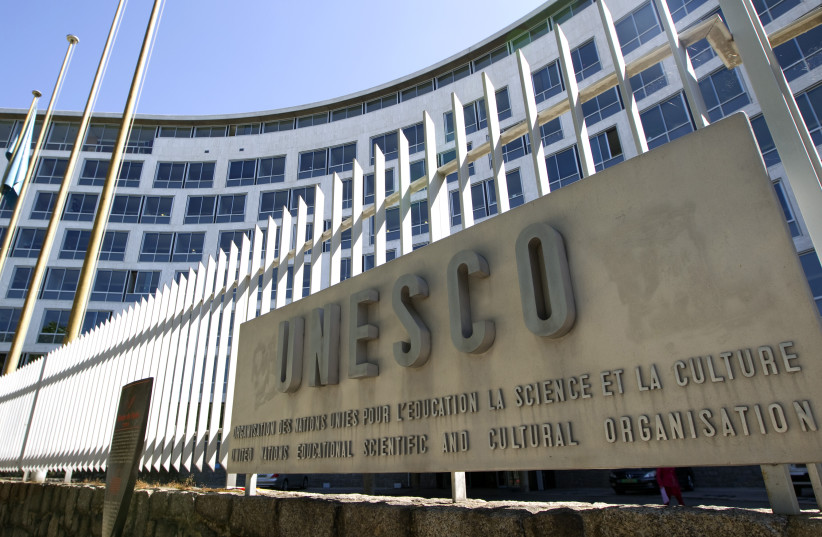Weighing in at one ton and measuring 1.80 meters in length (almost six feet), one can’t help but wonder how antiquities thieves managed the enormous feat of stealing a 1,800-year-old-marble bathtub, but in any event, the smuggler’s luck ran out when they were caught by Turkish law enforcement agents trying to sell the piece in Turkey’s western province of Aydin.
As reported in Hurriyet Daily News, the tub is unique in that it is entirely made from marble and with lion’s head reliefs on two sides. It is believed that the tub had been manufactured in the ancient Hellenistic city of Aphrodisias, which was dedicated and named after the Greek goddess of love, Aphrodite.
According to the newspaper Provincial Culture and Tourism Director Umut Tuncer examined the bathtub and emphasized that the ancient city of Aphrodisias, which is on the UNESCO World Heritage List, was unique and well known for its sculpting school.
“People of Aphrodisias were wealthy. We think that the marble bathtub is a special piece found in this city, which dates back to 1st BC. This bathtub, which is about 1,800 years old, is one of the rare examples in the world because it is completely marble. As far as we know, it is the only example in Turkey,” Tuncer said. “There are bathtubs created with various mud layers that have been found in Turkey before, but this completely marble structure actually expresses the wealth of this region and the welfare of the society.”
He said the lion head reliefs on the right and left sides of the tub to represent power and authority, and believes the tub had been used in the house of a state administrator or a wealthy businessperson who ruled the region at that time.

Noting that the culture of bathing, hot water and cleaning was an important part of the culture during that period, Tuncer told the paper the tub would be restored and exhibited at the Aphrodisias Museum.
“There is a bath structure in all of our ancient cities. These places were actually used as public and social spaces,” he said.
According to UNESCO, the city’s wealth came from the marble quarries which surround it and the art produced by its sculptors.
Located in western Anatolia near the modern-day village of Geyre, the ruins though lesser-known have been well preserved and restored, including temples, a theater, agora and two traditional-style bath complexes which had a prominent place in the city’s layout.
